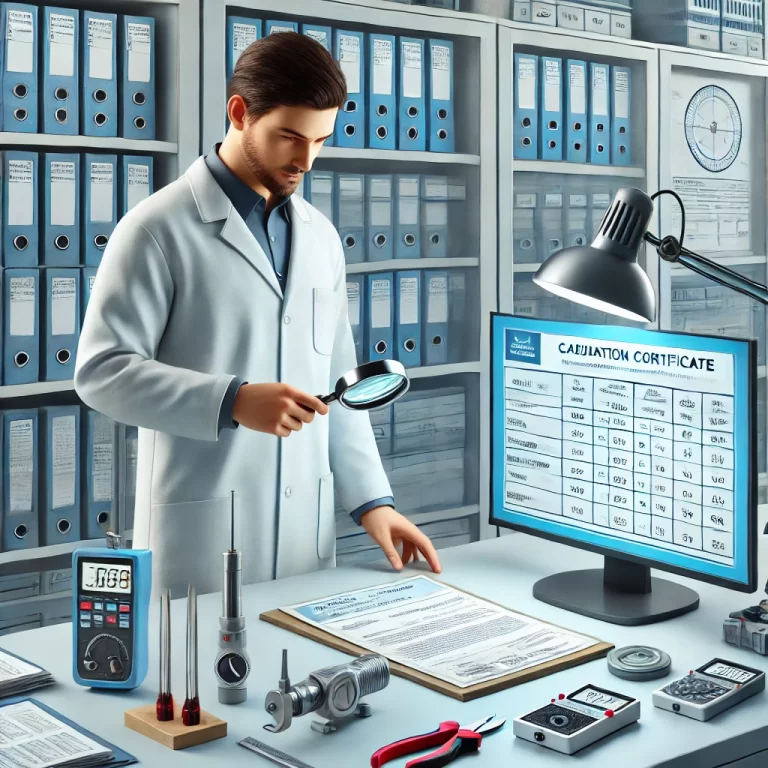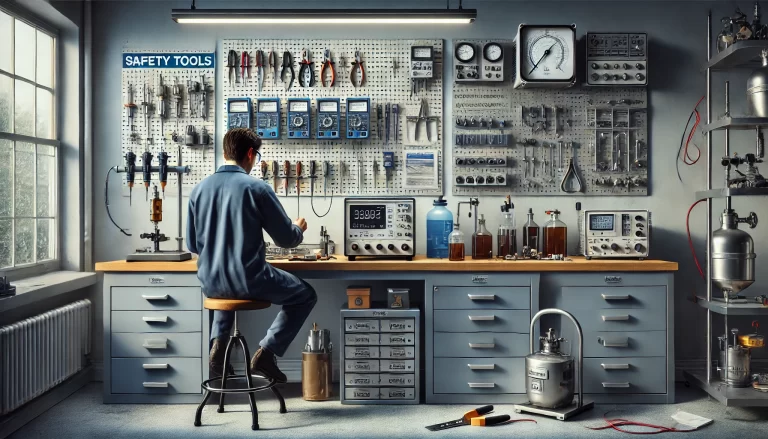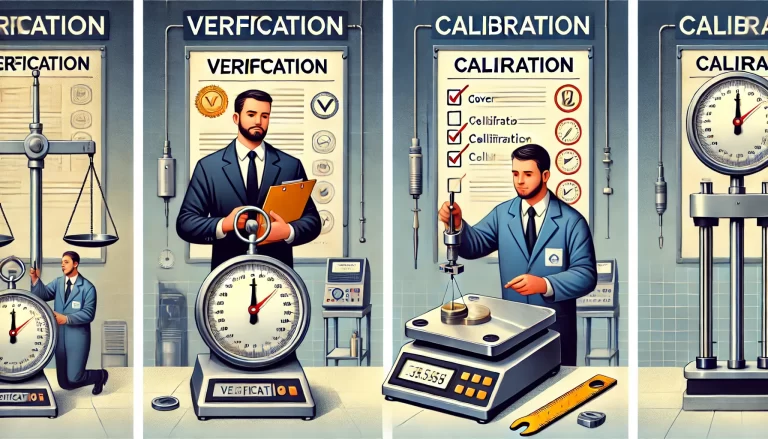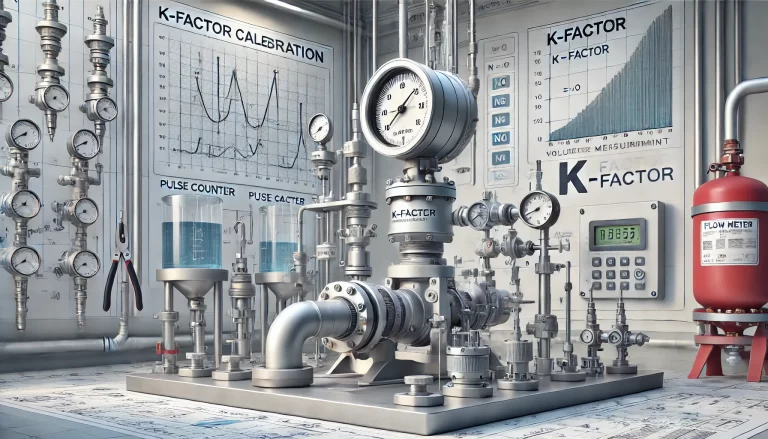In the field of metrology, the distinction between instrument calibration and instrument verification (or certification) has been extensively discussed. While industry professionals are well aware of these differences, outsiders often perceive them as interchangeable or even identical. However, the separation of these two processes serves distinct purposes and fulfills different industry needs. Even though the number of instruments subject to calibration may not be extensive, it remains essential to differentiate between calibration and verification. But what is the primary objective of instrument verification, and why don’t companies calibrate or verify all their instruments?

The Authority and Purpose of Instrument Verification
Instrument verification (often referred to as legal metrology verification or certification) carries significant authority, as it is typically conducted by designated provincial- or municipal-level metrology institutes. These institutions are legally authorized entities that possess China Metrology Accreditation (CMA) qualifications. Historically, in the early stages of metrology development in China, there was no concept of instrument calibration—verification was the sole available process. All instruments had to be tested exclusively by these designated institutions.
So why was calibration later introduced?
Verification primarily serves to meet legal and regulatory requirements. For example, in legal proceedings, documents and data may require verification before they can be submitted to courts or other judicial bodies for consideration. This ensures the authenticity and reliability of the information. Additionally, instruments used in critical applications, such as trade settlement and personal safety assurance, must undergo verification by accredited institutions. Essentially, verification serves as the ultimate safeguard for instruments that have legal or safety implications.

Why Not Perform Verification for All Instruments?
Given the authority of verification, one might question why companies do not simply conduct verification for all instruments instead of distinguishing between verification and calibration. The reasons are both practical and economic:
Verification Institutions Cannot Handle All Requests
Initially, when verification was the only option, it was manageable because the scope of metrology was relatively narrow. However, as industries have evolved, the demand for measurement and calibration services has grown significantly, covering a vast range of equipment and industries. If verification institutions were responsible for every instrument, their capacity would be overwhelmed, leading to inefficiencies and delays.Inefficiency in Industrial Operations
Verification is often a pass-or-fail assessment, which may not provide sufficient data for companies to optimize their instruments. For example, a caliper or a gauge block might need precise calibration adjustments rather than a simple verification result. Since verification does not provide detailed error analysis or correction data, it is less useful for industries that require continuous improvement in measurement accuracy.Non-Standardized Instruments (Non-Conventional Calibration Challenges)
Companies frequently use customized or proprietary instruments that do not fall under standard verification guidelines. When such instruments require accuracy assessment, non-standard calibration methods must be applied. These custom calibrations can be complex and may require industry-specific expertise that verification institutions are not equipped to handle.International Calibration Standards and Global Trade
As China’s metrology industry aligns with international standards, the role of calibration becomes increasingly important. While verification follows national regulatory requirements, these standards may not always align with global metrology practices. For companies engaged in international trade, adhering to ISO/IEC calibration standards is essential to ensure compliance with overseas markets. This is another reason why metrology calibration is needed alongside verification.

Balancing Verification and Calibration in Industry
The decision between verification and calibration depends on a company’s operational and regulatory needs. Instruments used for legal compliance, safety assurance, and trade measurements should undergo official verification. Meanwhile, those used in research, production, and quality control may benefit more from detailed calibration, which provides precise measurement data and adjustments rather than just a pass-or-fail outcome.

In conclusion, while verification remains the gold standard for legally regulated instruments, it is neither practical nor necessary for all instruments. The introduction of calibration allows for greater flexibility, international standardization, and operational efficiency. In the future, China’s calibration standards will continue evolving to integrate with global metrology systems, ensuring both compliance and competitiveness in international markets.
